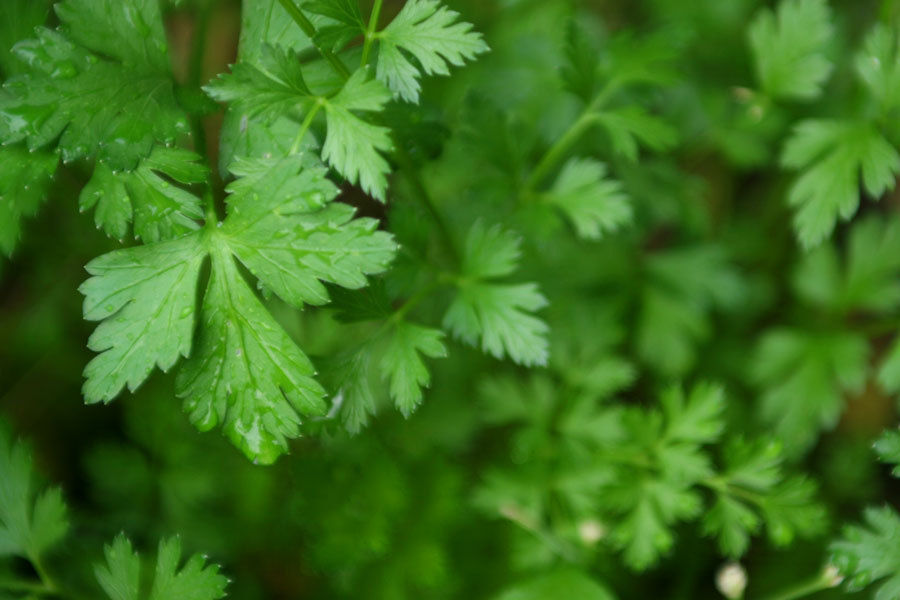"Parsley, sage, rosemary and thyme"
- holliemaxx
- Aug 4, 2017
- 2 min read
One of my favourite plants is mint. Almost any time you find a square stem, you are looking at a mint plant. So easy to identify! But what does it have to do with a famous song? Except for parsley, they are all in the mint family.
Where is it found? Everywhere! It grows wild in forests, along roadsides, and maybe in your own backyard. It especially likes wet and moist sites. But take care if you choose to grow your own. Mint is very invasive, so is best grown in buried or above-ground containers.
Catnip is part of the mint family. If you're not sure it's catnip, stick a cat in front of it. Both thyme and catnip will make your furline friend go nutzo.

Of course you know that you are exposed to peppermint and spearmint every day. Start with your daily routine. Toothpaste? Check. Mouthwash? Yup. Deodorant? Sometimes. Burn a candle, and there is a good chance one of the many aromas of mint are in there somewhere. Pop a breath mint—oh, did I say “mint” again? Of course! Now you go down to breakfast, and mint may be part of your morning tea, or hidden in flavourings for some of your canned foods. The mint family includes many other aromatic herbs, including most of the more common cooking herbs, such as lavender, lemon balm, sweet marjoram, savory, anise hyssop, germander, rosemary, sage, and oregano.
Other types of mint are: pineapple mint, apple mint (woolly mint), pennyroyal, ginger mint, horsemint, Red Raripila mint, catmint, chocolate mint (really? YUM!), orange mint, lavender mint, grapefruit mint, calamint, licorice mint, basil, chewing gum mint, water mint, corn or field mint.

Is mint just a tasty treat? Not necessarily. Mint is a calming and soothing herb that has been used for thousands of years to aid with upset stomach or indigestion. Here comes the icky information. Look away if you can't (ahem) “stomach” it. Mint is thought to increase bile secretion and encourage bile flow, which helps to speed and ease digestion (and which may also support healthy cholesterol levels). Are you okay to continue? Deep breath, and here we go:
Mint sauce
Mint jelly
Breath mints
Mint chocolate
Ice cream
Toothpaste
Tea
Alcoholic beverages (like, say, mojito)
Candles
Candies
Mouthwash

The mint family includes many other aromatic herbs, including most of the more common cooking herbs, such as basil, thyme, lavender, lemon balm, sweet marjoram, savory, anise hyssop, germander, rosemary, sage, oregano, and catnip.

So, go have fun collecting and eating mint. Start small, experiment, and enjoy!


















Comments